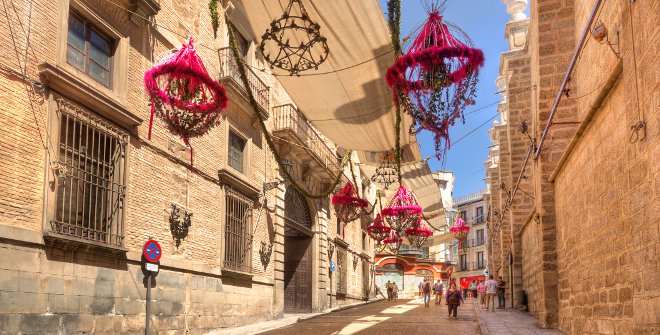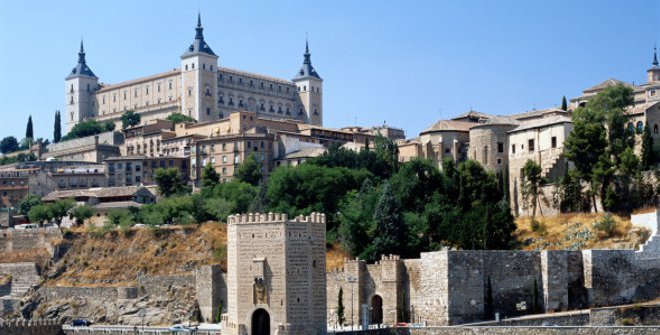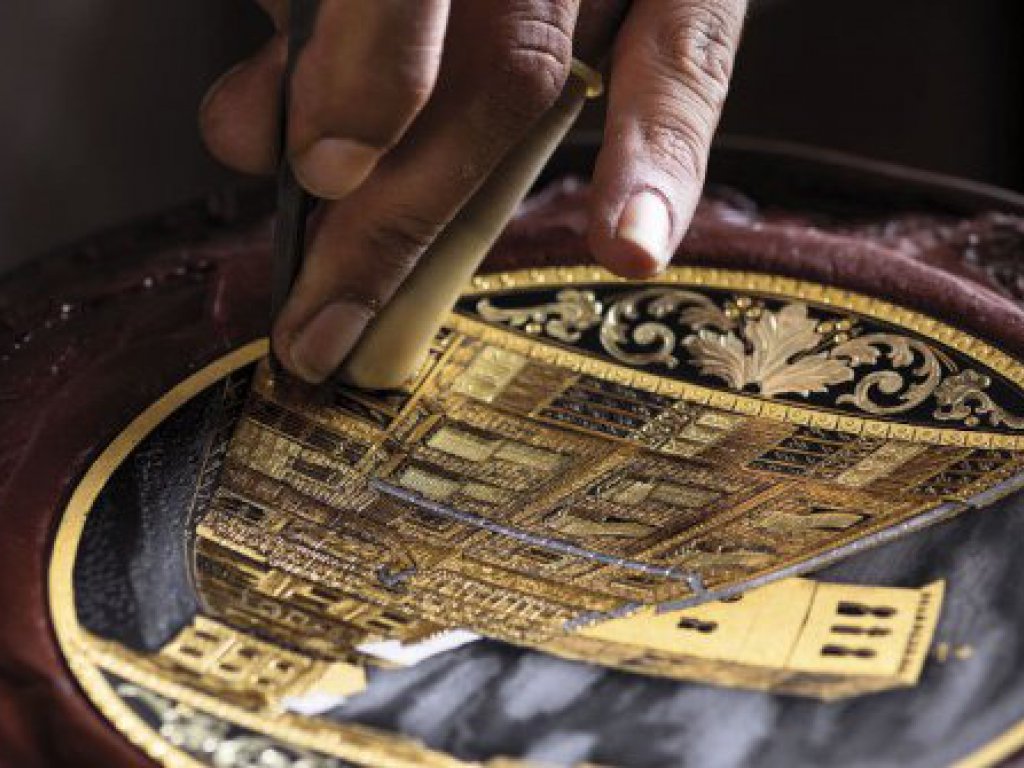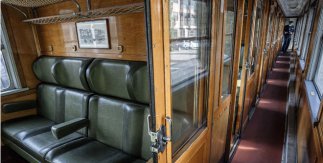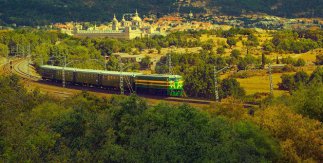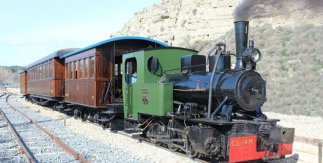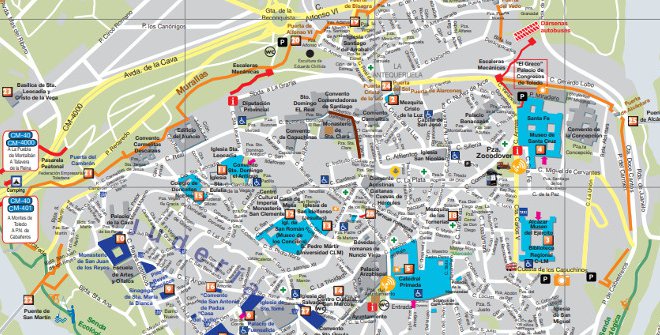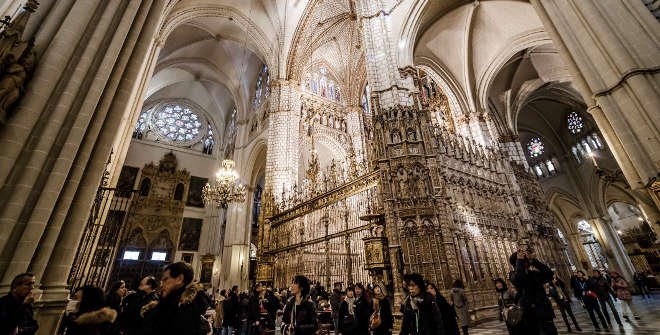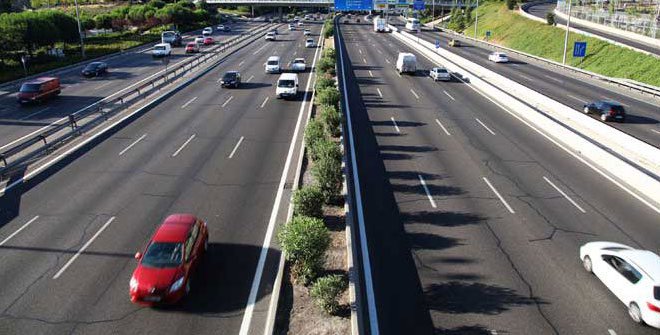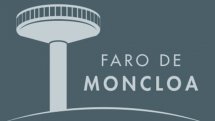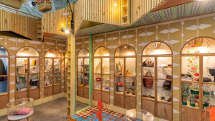Toledo

Named a World Heritage Site by Unesco in 1986, Toledo is an outstanding museum city whose rich heritage owes almost everything to the Jews, Muslims and Christians who lived there, working and observing their religion side by side.
Each and every one of the cultures and peoples who’ve passed through Toledo gave the city a present made up of a rich architectural and artistic heritage. The city walls, erected during the Roman era, were reconstructed and given their current appearance by the Arabs. Many gateways mark the route of the walls, but Puerta de la Bisagra, which leads into the historic town and bears the coat of arms of the Imperial City, is the only one to have kept its Medieval architecture.
Cristo de la Luz Mosque (tenth century)
It’s the only surviving mosque of its style from the nearly ten that originally existed in the city. It can be found just after going through Puerta de la Bisagra. The horseshoe arches extend in a way reminiscent of the Grand Mosque in Córdoba.
El Tránsito Synagogue (fourteenth century)
The façade and beautiful plastered walls hide an interior with a rectangular floor plan, crowned by a lovely coffered ceiling. At present, the synagogue houses the Sephardic Museum.
The Cathedral was built in the Gothic style between 1226 and 1493 on the site of a Visigothic church erected during the reign of King Reccared. The sacristy contains a valuable collection of paintings by El Greco, Luca Giordano, Van Dyck and Goya. The side chapels are works of art in themselves: Nuevos Reyes, Santiago, the choir stalls in the Renaissance style, the Mozarabic chapel, the chapter house, etc.
Although El Greco never actually lived in this house, the museum accommodates paintings by the master from Crete, such as The Tears of Saint Peter or Christ and the Apostles.
Located in the upper part of town, the present-day Alcázar was a fortress under the Romans, becoming a fortified palace – the first with a square floor plan – in the Christian era. Under King Charles I of Spain, it underwent significant renovation work. Each of its façades boasts a different style and dates back to a different period: the east façade is Medieval; the west one, Renaissance; the north façade has a Plateresque design; and the south one is Churrigueresque. The Alcázar was destroyed during the French invasion and in the Spanish Civil War, to be rehabilitated later. Now it is home of the Army Museum and military facilities.
Inside, it houses an artistic gem: “The Burial of the Count of Orgaz” by El Greco.
Mirador del Valle
This viewing point offers magnificent panoramic views of the river Tajo and the city’s monuments. In fact, painters such as El Greco and Picasso tried to capture its beauty.
This bridge dates back originally to the mid-14th Century, although it was later rebuilt. It was declared a National Monument in 1921 and it offers an unbeatable spot to enjoy the setting sun of an evening.
Embark on a fascinating journey through the history of Spain in a unique theme park in Toledo.
Situated on the banks of the Tagus and with privileged views of Toledo.
They have a rich architectural history. In Roman times, a water reservoir was built here to supply the city.
This gateway is of Muslim origin, and remains of this period can still be seen in the second interior section. It was completely rebuilt under the reigns of Charles V and Philip II, according to the designs of Alonso de Covarrubias.
OTHER TRAIN EXCURSIONS
A period train running between the capital and Aranjuez recreates the Madrid area’s first rail line. From 30 March to 10 November 2024.
With entertainment and treats along the way, this is a really unique and wonderful way of visiting a town steeped in history. From 13 April to 14 November 2024.
Travel from Madrid to San Lorenzo de El Escorial on a vintage train and unveil the secrets of King Philip II’s empire. From 23 March to 16 June 2024.
Get on board this vintage train whose steam locomotive pushes its way past stunning landscapes in southeast Madrid. From 3 March to 26 May 2024.


